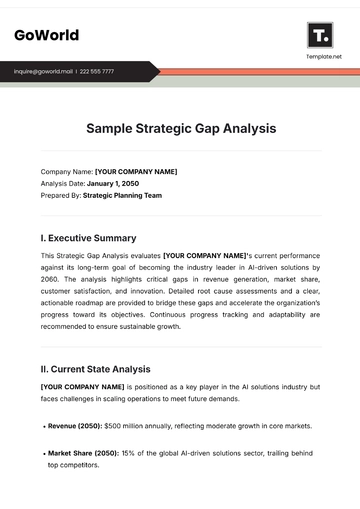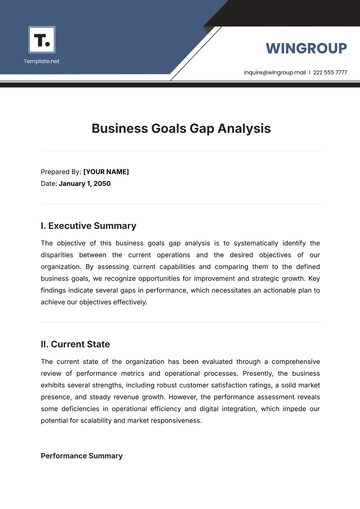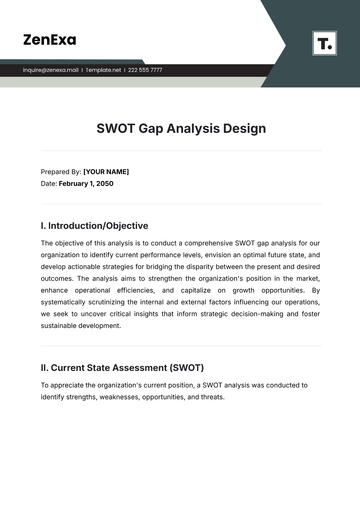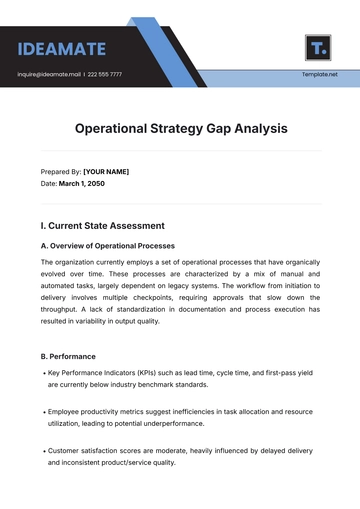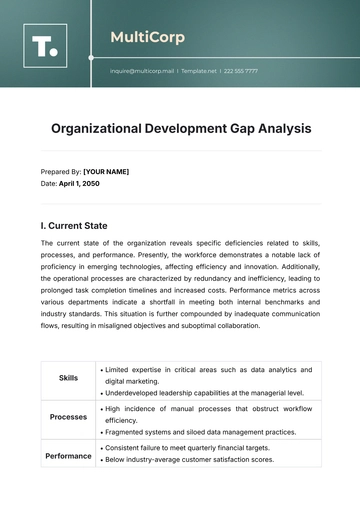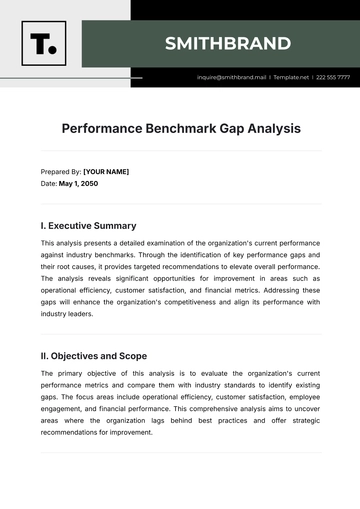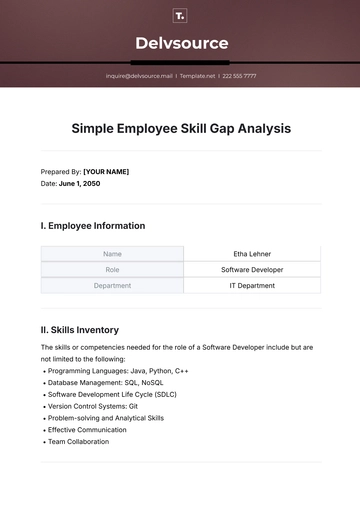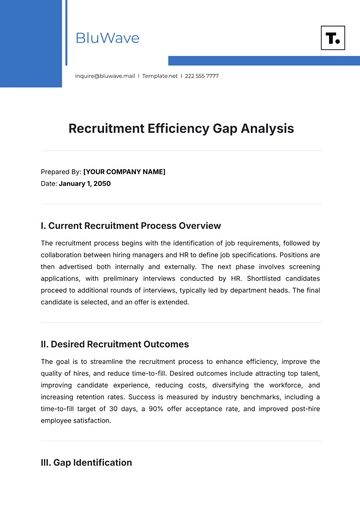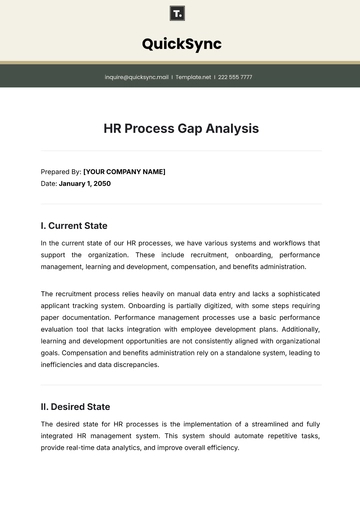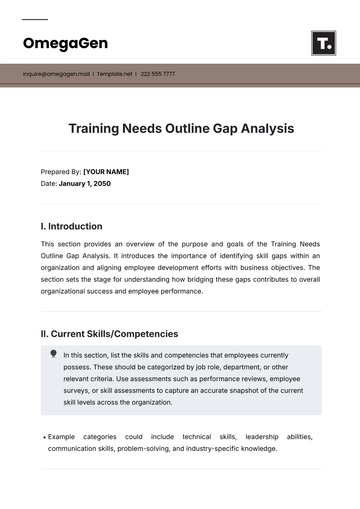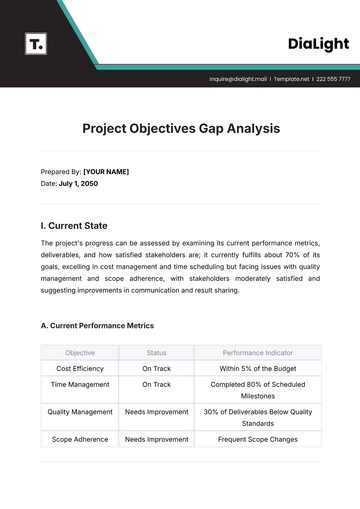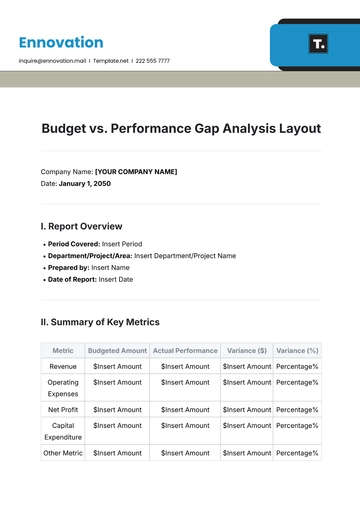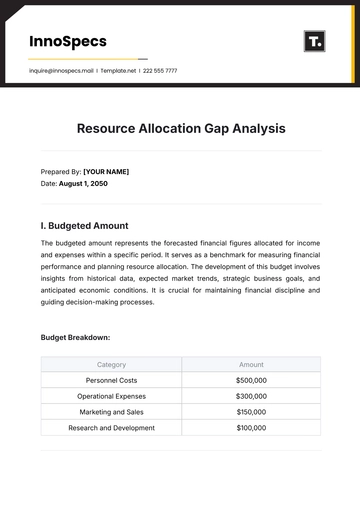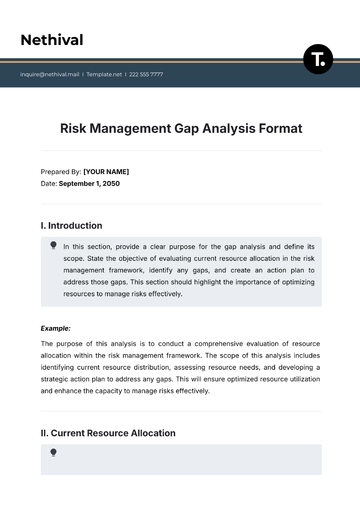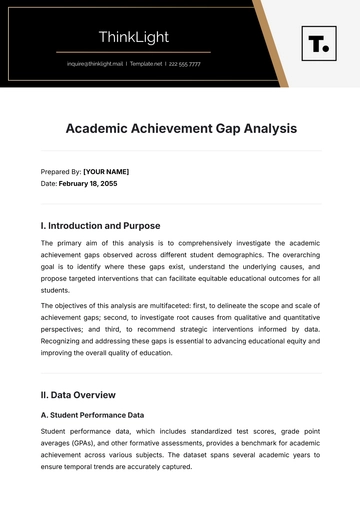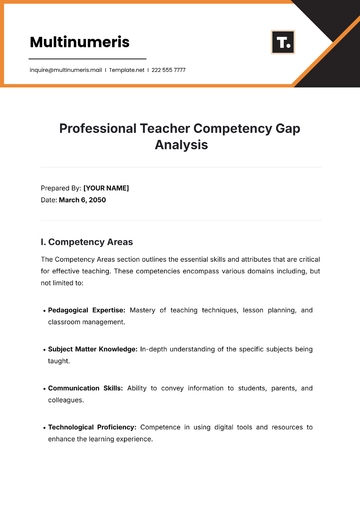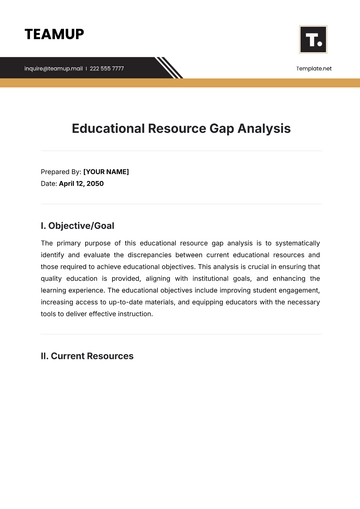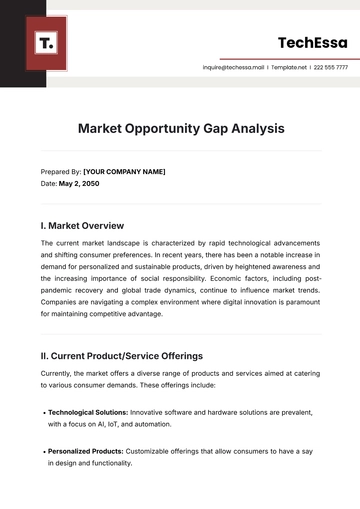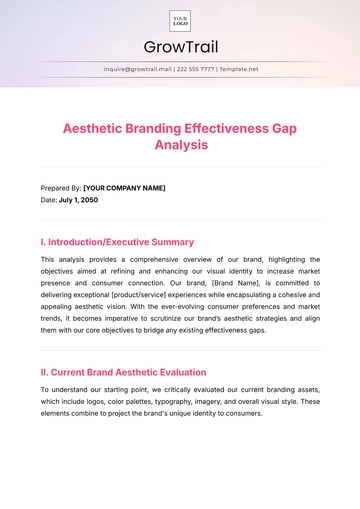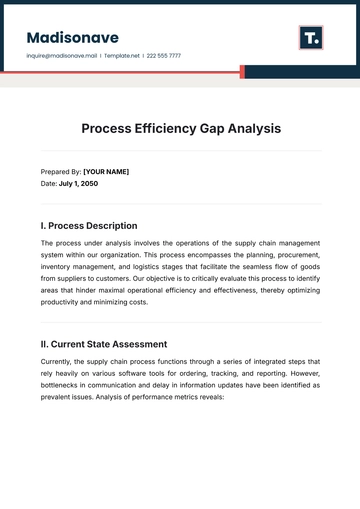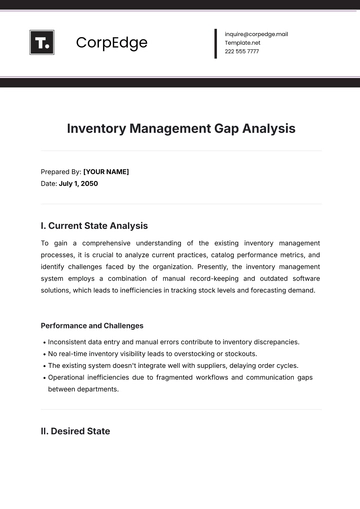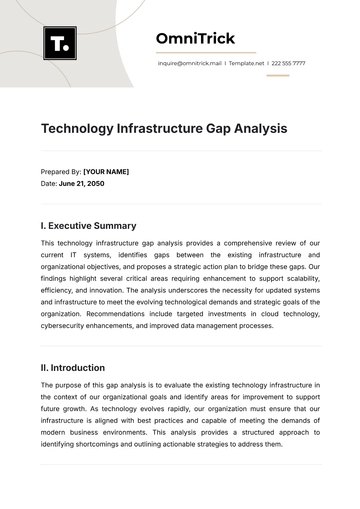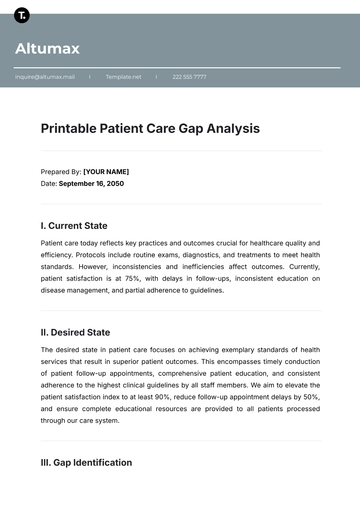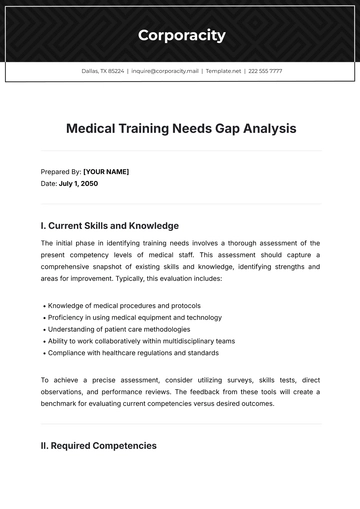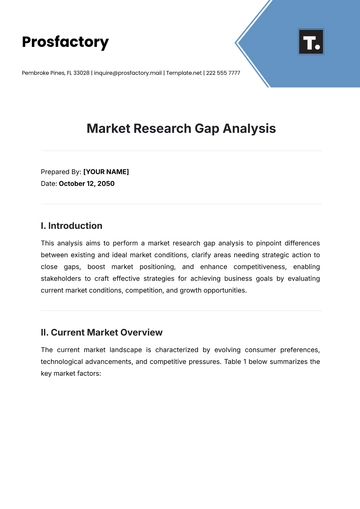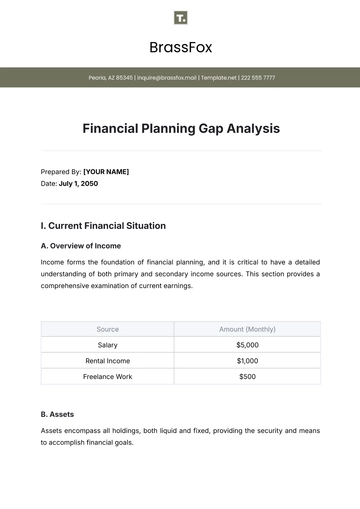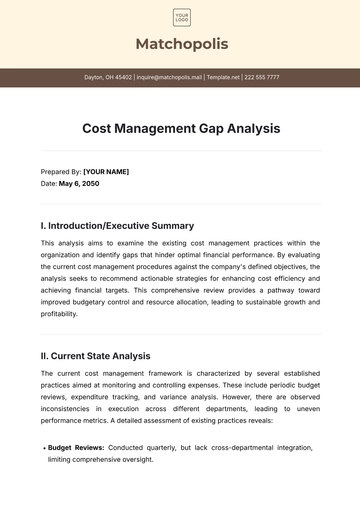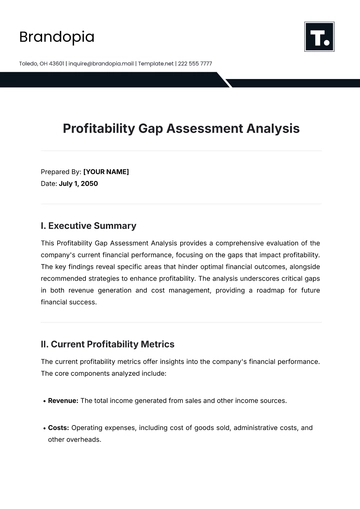Free Beauty Salon Service Quality Analysis

1. Introduction
In the competitive landscape of the beauty and grooming industry, the quality of service delivered by beauty salons is increasingly becoming a critical determinant of their success and client retention. Recent industry reports indicate that consumer spending in the beauty sector is expected to grow by approximately 5% annually, underlining the importance of high-quality service in capturing and maintaining market share. This analysis focuses on evaluating the various factors contributing to service quality in beauty salons, particularly within the operations of [Your Company Name] located in [Your Company Address].
The primary objective of this document is to thoroughly understand client perceptions and experiences to devise strategies that elevate overall satisfaction. By meticulously examining customer feedback and operational metrics, our analysis aims to offer a comprehensive review of current standards and pinpoint areas requiring enhancement. This will enable [Your Company Name] to not only meet but exceed client expectations, thereby strengthening client loyalty and promoting sustained business growth. The analysis period spans from [Start Date] to [End Date], ensuring a current and relevant evaluation of service standards.
2. Methodology
To ensure a robust analysis of service quality at [Your Company Name], a mixed-method research approach was adopted, combining both quantitative and qualitative research techniques. This methodology was chosen to glean insights from a broad spectrum of customer interactions and experiences across various [Your Company Name] locations in [Location].
Survey Distribution and Collection:
Surveys were distributed to a sample of 500 clients across all locations immediately following their appointments. These surveys comprised questions rated on a Likert scale, focusing on dimensions such as timeliness, skill level, customer service, atmosphere, and overall satisfaction.
The survey aimed to capture immediate, candid responses that reflect the real-time reactions of clients to the services provided.
Mystery Shopper Assessments:
Alongside customer surveys, mystery shopper assessments were conducted over the same period. A total of 30 mystery shoppers were employed, who visited [Your Company Name] under the guise of regular clients but were tasked with evaluating specific service quality metrics.
Each mystery shopper visited at least three different branches and assessed common standards including waiting times, the demeanor of the beauticians, the cleanliness of the environment, and the overall service execution.
Data Analysis:
The quantitative data from the surveys were analyzed using statistical software [Specify Software Name], which provided insights into customer satisfaction and identified prevalent trends.
Qualitative feedback from both the surveys and mystery shopper comments was reviewed to extract thematic concerns and accolades. This involved coding responses and identifying frequently mentioned issues or praise.
Data Integrity and Validation:
Cross-verification methods were employed where mystery shopper ratings were compared against customer survey results for consistency and accuracy.
Anomalies in data were investigated through follow-up interviews with specific staff members involved, ensuring comprehensive understanding and fairness in the evaluation process.
3. Key Findings
Customer Expectations:
Skilled Personnel: This emerged as the top priority among clients, with approximately 90% of survey respondents highlighting the expertise of beauticians as critical to their satisfaction. Clients expect not only technical proficiency but also a stylistic understanding that aligns with current beauty trends.
Promptness and Timeliness: Clients value quick and efficient service, with over 75% indicating that minimal wait time significantly impacts their overall salon experience.
Atmosphere and Cleanliness:
Ambience Importance: About 85% of the responses pointed to the ambiance of the salon as a key factor in their service satisfaction. A relaxing, well-maintained, and aesthetically pleasing environment is crucial.
Cleanliness: High standards of hygiene and cleanliness were noted as essential by 95% of clients, reflecting its importance in enhancing customer comfort and trust, particularly in a post-pandemic landscape.
Customer Service Quality:
Communication: Effective communication by beauticians, including discussing client needs and managing expectations, was highlighted as a significant contributor to customer satisfaction, with 80% of clients appreciating clear and respectful communication.
Personalization: Tailored services that cater to individual preferences and unique styles were highly valued, with personalized attention making a notable difference in client satisfaction scores.
4. Insights from the Data
The data collected provides significant insights into the operational strengths and areas for improvement for [Your Company Name]. Below is an enhanced representation of the data, offering both a broader understanding of feedback trends and deeper analytical granularity:
Table 1: Detailed Customer Feedback
Aspect | Positive Feedback (%) | Negative Feedback (%) | Neutral Feedback (%) |
|---|---|---|---|
Beautician Skill | 75 | 25 | 0 |
Timeliness | 65 | 35 | 0 |
Atmosphere | 85 | 15 | 0 |
Customer Service | 80 | 20 | 0 |
Further Insights:
Beautician Skill: While 75% positive feedback is commendable, the 25% negative feedback pinpoints a need for enhanced training and development, particularly in newer or less frequently requested services.
Timeliness: The 35% negative feedback on timeliness indicates issues in appointment scheduling or time management during services. This is an operational area where immediate improvements could significantly enhance customer perceptions.
Atmosphere: High positive feedback on atmosphere reflects well on the salon's environment, but there remains a small margin for elevating the ambience further to match the top industry standards.
Customer Service: The 20% negative feedback suggests room for improvement in communication and personal interaction, highlighting the importance of ongoing training in customer relationship management.
5. Actionable Recommendations
Based on the insights from the collected data, the following recommendations are designed to address the identified issues and leverage the strengths of [Your Company Name]:
Increase Training: Implement a continuous training program that not only focuses on technical skills but also on emerging trends and customer interaction techniques. This could include monthly workshops and annual certification refreshers to ensure all beauticians are at the forefront of industry standards.
Improve Scheduling Efficiency: Upgrade the existing appointment system with a more sophisticated scheduling software that includes features like real-time updates, automated reminders, and customer preference logs. This will help in reducing wait times and improving the customer service experience.
Refresh Salon Atmosphere: Although the current atmosphere is largely appreciated, periodic updates to the interior décor and ambiance music can help in keeping the environment fresh and appealing. Consider seasonal decorations and a bi-annual revamp of salon furnishings.
Customized Service Options: Develop personalized service packages that can be adjusted according to customer feedback and preferences. This may include options for add-on treatments or customizable beauty routines, enhancing the personal touch.
Strengthen Customer Engagement: Establish a robust follow-up system to engage customers after their appointments. This could be in the form of satisfaction surveys sent via email, or a loyalty program that rewards clients for their feedback and continued patronage.
6. Conclusion
The comprehensive analysis of service quality at [Your Company Name] highlights critical facets where enhancements can significantly benefit both clients and the salon. Key areas such as expert and well-trained personnel, punctuality in service delivery, and an appealing salon environment have emerged as pivotal. Furthermore, the capacity to personalize services and maintain effective communication with clients are indispensable for heightened customer satisfaction. By encapsulating these focal points into its operational strategy, [Your Company Name] is set to not only elevate its service standards but also to foster sustained growth and client loyalty in a competitive market.
Appendix
Following the conclusion, we include appendices that provide supplementary materials and detailed data supporting the findings and recommendations of this analysis:
Appendix A: Survey Questionnaires - Full copies of the distributed client surveys and an overview of the methodology for response collection and analysis.
Appendix B: Mystery Shopper Assessment Forms - Detailed forms and guidelines used by mystery shoppers, including the assessment criteria and scoring system.
Appendix C: Case Studies of Successful Implementations - Examples of other salons that have successfully implemented similar changes and seen improvements in customer satisfaction and business growth.
Appendix D: Training Workshop Outlines - Schedules and content outlines for proposed training workshops focusing on both technical skills and customer service enhancements.
Appendix E: Software Recommendations for Scheduling - A comparative analysis of potential scheduling software, including features, costs, and implementation strategies.
- 100% Customizable, free editor
- Access 1 Million+ Templates, photo’s & graphics
- Download or share as a template
- Click and replace photos, graphics, text, backgrounds
- Resize, crop, AI write & more
- Access advanced editor
Uncover Template.net's comprehensive Beauty Salon Service Quality Analysis Template, meticulously designed for salon owners. Evaluate service quality with precision and ease using our customizable template. Tailor every aspect to meet your salon's unique requirements effortlessly. Utilize our intuitive AI editor tool for seamless editing and customization. Enhance your salon's service quality analysis and customer satisfaction with Template.net.

